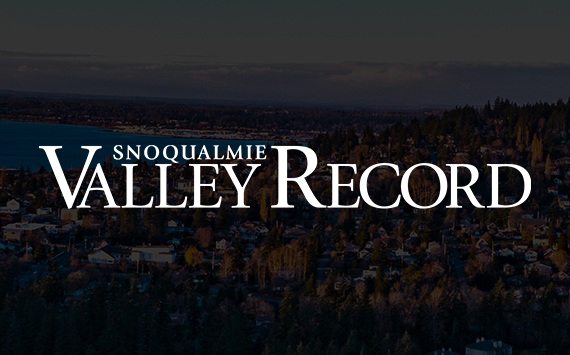King County’s transportation budget for 2014 and beyond presents a good news/bad news scenario to residents of the Snoqualmie Valley and the county’s District 3. It’s just that the good news—residents won’t have to deal with much road construction work in the coming year—is bad news, too.
“It could be a disaster in two years,” says King County Councilwoman Kathy Lambert, adding “this is what gets me up at night.”
Lambert, representing District 3, visited media outlets recently to talk about the roads situation, among other things, and she’s been crunching the numbers.
Among the numbers: 1,500 miles of roads in unincorporated King County (567 in District 3 alone) in various stages of decay; an estimated $260 million needed to repair them; only about $85 million in roads funding in the 2014 budget currently in development; and, starting Jan. 1, 2015, the loss of $25 million when the county’s $20 per-vehicle congestion reduction charge expires.
“I’m asking for $150 million in maintenance,” in the 2014 budget, Lambert said, pointing out that a proposed maintenance allocation would be enough to put new overlay on just 15 miles of road in her district. Other possible implications of the small transportation budget include less or no snow removal service on unincorporated roads, and returning little-used roads to gravel, by natural decay if it can be done safely, otherwise, by demolition.
Scary situation
Lambert says the roads situation is “scary,” and hopes that the county will get some help from the state legislature, as they did two years ago in allowing King County to implement the congestion reduction charge.
“From the time the legislature says there’s a new bill and you can get more money, it takes us about eight months before we have it in our coffers,” she explained, so “if they have a special session, which we’re hoping they will in December, to do a transportation package, then we’ll be fine. If they don’t, fine may be not what we are.”
This time, she expects, the county council will probably try for authorization to form a countywide transportation benefit district. Like the one North Bend created in 2011, this taxing district would enable the county to charge an additional tax, provided that a majority of voters approved it. Use of the revenues would be restricted to only identified and prioritized road projects. North Bend’s TBD established a 0.2 percent sales tax, but a TBD could implement a property tax, fee, toll or other charge.
Lambert struggled with supporting the congestion reduction charge two years ago, calling it “one of the most agonizing votes” in her 11-year tenure. Although she received two death threats for voting for the charge, she now says she knows it was the right decision, helping to preserve funding for Metro Transit, and leading to a Metro/Snoqualmie Valley Transportation partnership that started in September.
She is unsure about the TBD now, but says “We have to have the money…. there isn’t anything we can do that we haven’t already done.”
No one is at fault for the current budget challenges, she says. Instead, many things have played a part, including the annexation of 27,000 unincorporated residents into cities in the past 10 years, which reduced the county’s tax base, and the economic recession, which lowered the value of the properties in the tax base.
About 8 percent of the unincorporated population left county jurisdiction through annexations in the past 10 years, but they only 7 percent of the roads with them.
“Even with the annexations, we still have 93 percent of the roads we had,” Lambert said. “There’s no way $234,000 people can pay for this.”
Since the roads are shared by urban drivers, and more drivers have been added to cities as a result of the state’s 1990 Growth Management Act, Lambert wants to see the create of a Growth Management Act Compliance Fund that would address some of these problems in the future.



